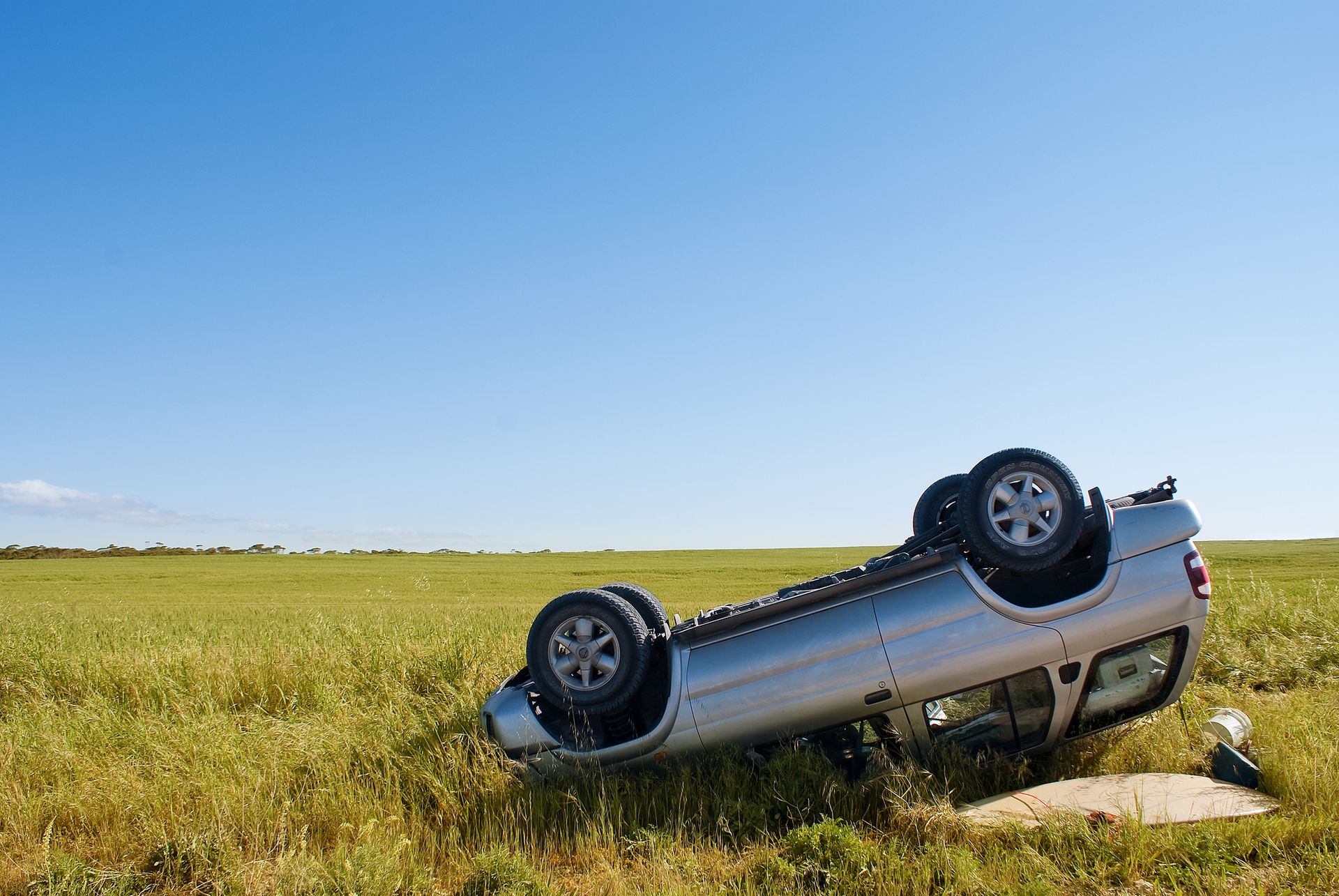Understanding Car Insurance Types
The most common types of car insurance help you cover expenses, including medical bills and repairs in the case of an accident, as well as theft or other damage to your vehicle. However, the extent of the coverage you have depends on the type of car insurance you own. In most states, there’s a minimum coverage requirement; nonetheless, investing in car insurance beyond the bare minimum can save you from significant expenses in the future. This coverage offers peace of mind, and if an auto accident does occur, your auto insurance provider can assist in managing the process.
Moreover, as car insurance rates continue to rise—auto insurance rates rose 11.2% on average over the last year, according to J.D. Power—many drivers are reevaluating their current policies. While shopping for car insurance, it is crucial not only to find a policy that fits within your budget but also to select one with the right types of coverage.
Types of Car Insurance
Below are the most common forms of car insurance, including both mandatory and optional coverage. Understanding these types is essential for making informed decisions about your insurance needs.
Liability Insurance
If you cause a car accident, liability coverage covers the costs of any damages and injuries to the other driver. In most states, except for New Hampshire and Virginia, liability insurance is mandatory. There are two types of liability insurance:
- Bodily Injury Liability: Covers the medical expenses of the other party if you are at fault in an accident.
- Property Damage Liability: Covers repair costs to the other party’s property, such as their vehicle or other structures like fences or mailboxes.
Uninsured/Underinsured Motorist Coverage
In some states, uninsured and/or underinsured motorist coverage is required. This insurance covers expenses if you are involved in an accident with a driver who has no insurance or inadequate coverage. The four types of coverage include:
- Uninsured Bodily Injury: Covers your medical expenses if the at-fault driver lacks insurance.
- Underinsured Bodily Injury: Covers your medical expenses if the at-fault driver’s insurance is not sufficient.
- Uninsured Motorist Property Damage: Pays for repairs if the at-fault driver is uninsured.
- Underinsured Motorist Property Damage: Covers expenses not paid by an underinsured driver’s property damage liability insurance.
Collision and Comprehensive Insurance
Collision and comprehensive car insurance are optional in every state; however, these are usually required by lenders when financing or leasing a vehicle.
- Collision Insurance: This coverage pays for damages to your vehicle regardless of who is at fault and includes coverage for single-car accidents. It carries a deductible and covers up to the actual cash value of your vehicle.
- Comprehensive Insurance: This type of coverage protects your vehicle from theft, vandalism, or damage caused by circumstances other than a car accident, such as natural disasters.
Personal Injury and Medical Payments Coverage
Coverage for personal injury protection and medical payments is mandated by law in the 12 no-fault states. This coverage is essential for protecting both you and your passengers in an accident.
- Medical Payments Coverage: Covers medical expenses for you and your passengers, regardless of who caused the accident.
- Personal Injury Protection: Similar to medical payments, it covers related costs like child care and lost wages in addition to medical bills.
*12 no-fault states: Florida, Hawaii, Kansas, Kentucky, Massachusetts, Michigan, Minnesota, New Jersey, New York, North Dakota, Pennsylvania, and Utah.
Gap Insurance
Gap insurance is beneficial for those who are still paying off or leasing a new vehicle. It covers the difference between the car’s current market value and what you still owe if your vehicle is totaled or stolen. It is often required along with collision or comprehensive coverage when leasing a car.
Finding the Right Car Insurance
Once you comprehend the different types of car insurance, it is time to start shopping for an appropriate policy. Initially, obtain quotes from a variety of insurance companies to secure the best rates possible. Additionally, while searching for competitive pricing, ensure you are adequately covered to prevent being left with insufficient coverage in case of an accident.
Consequently, you could end up paying significantly more than anticipated if you skimp on necessary coverage. It is paramount to balance affordability with the necessary protection levels for your driving needs.




